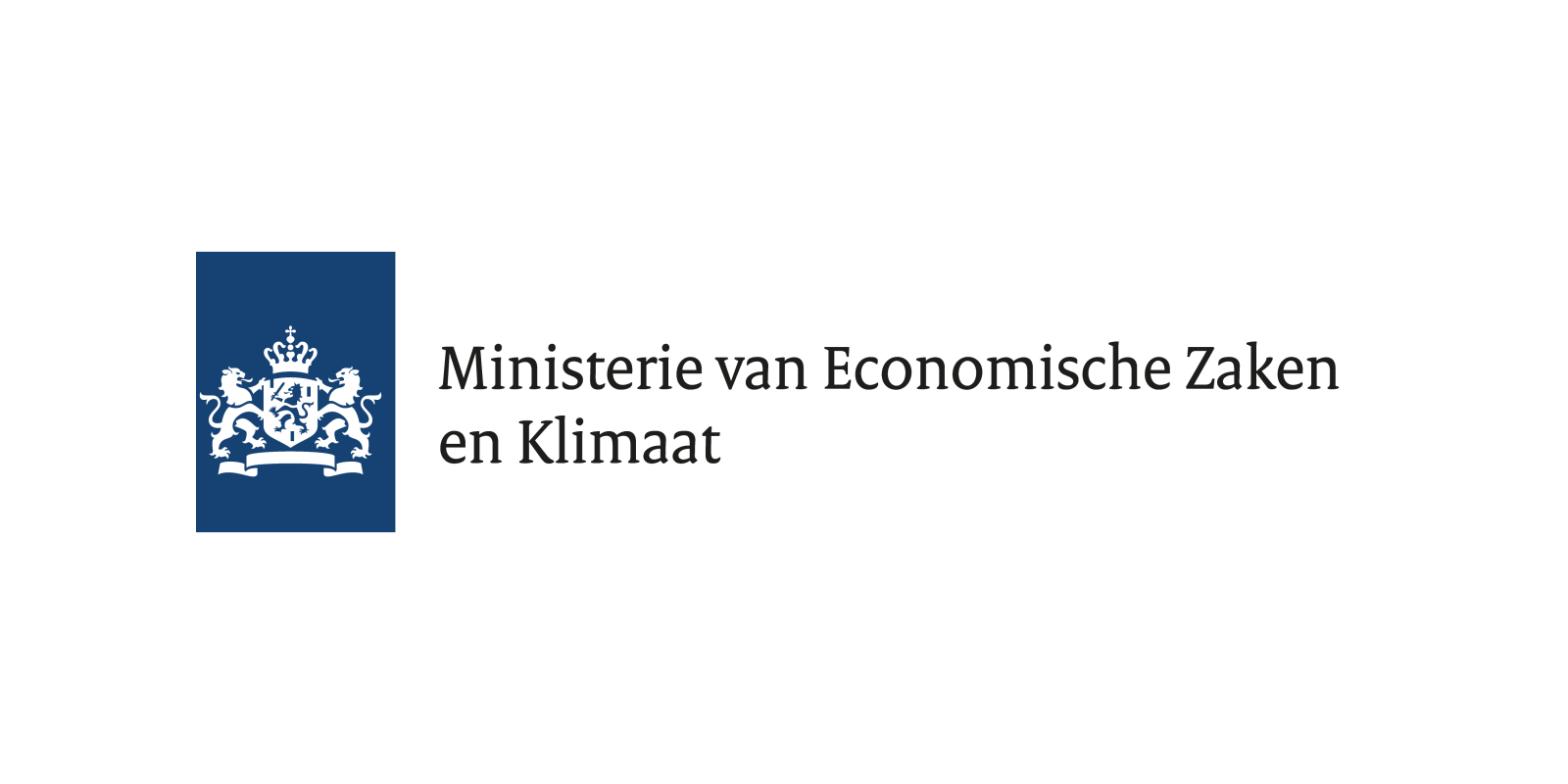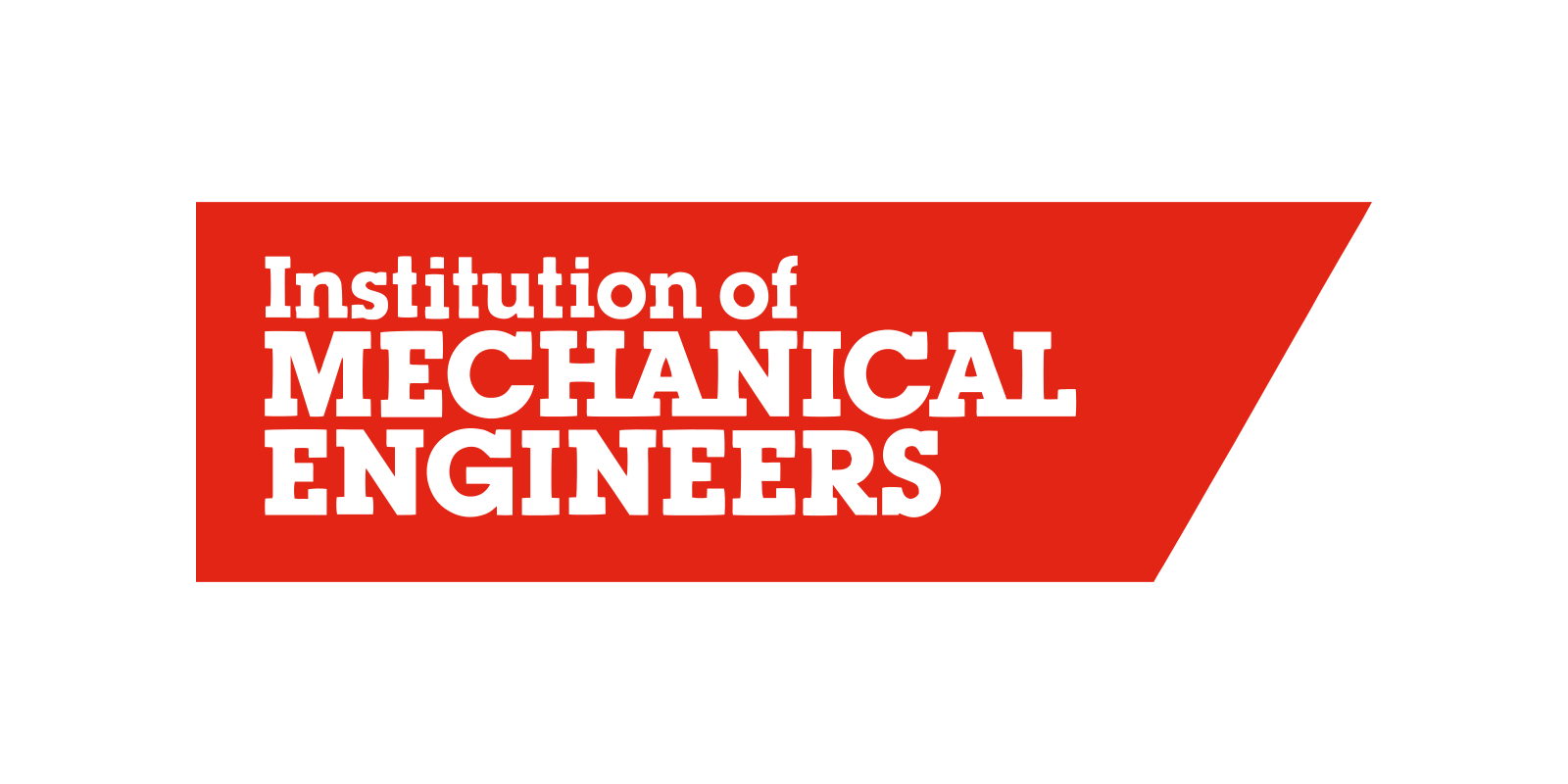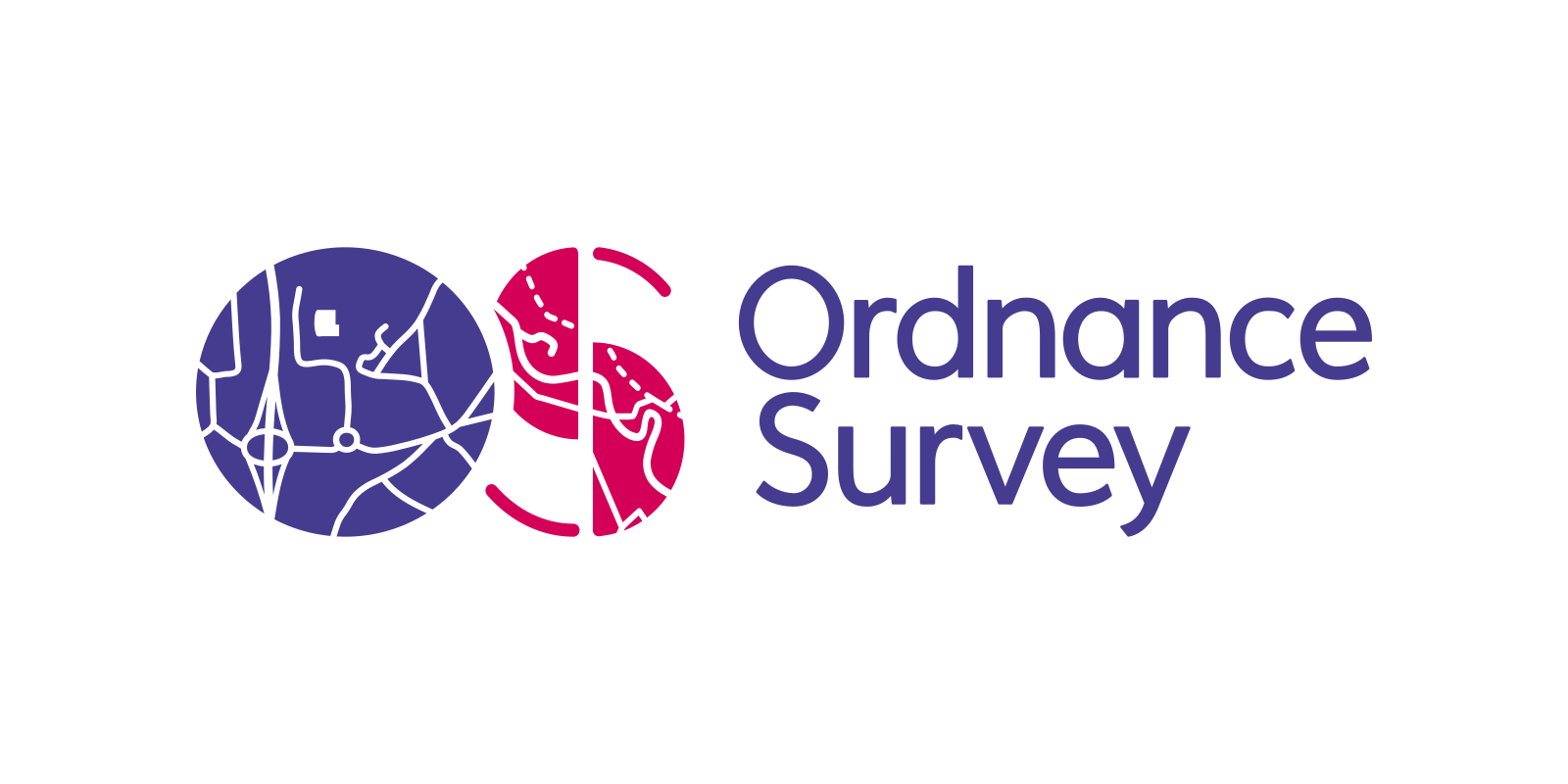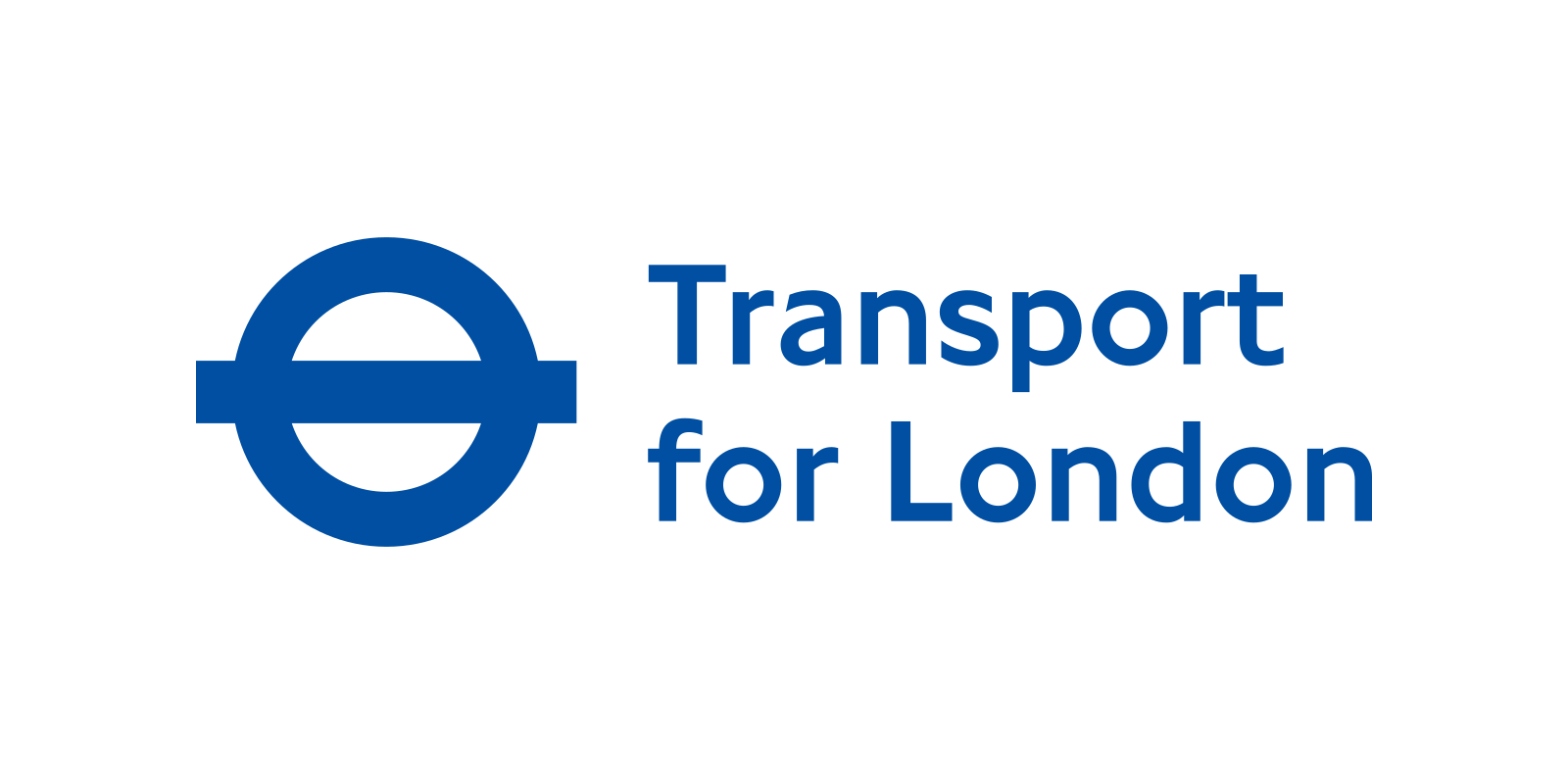SIMULATING THE FUTURE OF NATIONAL INFRASTRUCTURE
NEWS & EVENTS

This is a legacy website
The ITRC consortium successfully completed its MISTRAL programme in late 2020 and this website continued to showcase ITRC-inspired activities until the end of 2021. It is now frozen in time as a read more
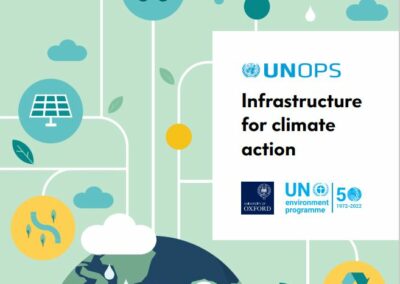
Infrastructure centrally important to achieving the Paris Agreement and the SDGs
Published ahead of COP26, this new report highlights the key role that infrastructure plays in delivering climate action and sustainable development. Developed through collaboration between ... read more

Dr Xi Hu on Sky News Daily Climate Show
Dr Hu on Sky News Daily Climate Show to discuss the latest from the pre-COP26 youth event: Greta Thunberg’s impact on the world and massive deforestation in the Brazilian Amazon. Check out read more
RESEARCH THEMES
ENERGY
TRANSPORT
WATER
DIGITAL COMMUNICATIONS
DEMOGRAPHICS
URBAN DEVELOPMENT
ECONOMICS
INFRASTRUCTURE
GOVERNANCE
NISMOD
RISK AND
RESILIENCE
RESEARCH SOFTWARE ENGINEERING
DATABASES
ITRC IN NUMBERS
DATASETS
EVENTS HOSTED
MODELS CREATED
ATTENDEES AT EVENTS
RESEARCHERS
PRIZES WON
PARTNERS
COUNTRIES REACHED
PAPERS PUBLISHED
BUDGET
USE CASES
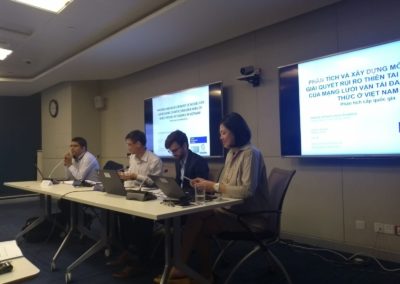
Analysis and development of model for addressing climate change/disaster risks in multi-modal transport networks in Vietnam
This analytical work aimed to set out a vision and strategy for climate-smart transport in Vietnam, in order to ensuring its resilience against future risks. read more

Pathways to decarbonise transport in England’s Economic Heartland
The study assessed outputs from the NISMOD transport model to investigate the effects of population change on travel demand, and the subsequent impact of different sets of options, or ‘Pathways’, read more

Low carbon energy supply strategies for the Oxford-Cambridge Arc region
This research was funded by a grant from the UK Engineering and Physical Science Research Council to the ITRCResearch question & scope The energy supply model is utilised to evaluate how ... read more
RESEARCH HIGHLIGHTS
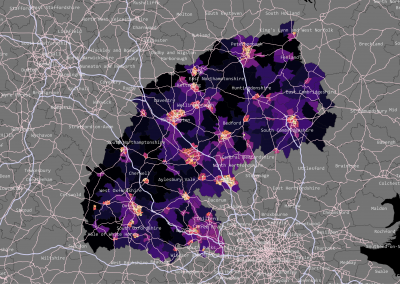
ITRC infrastructure analysis: OxCam Arc
Evaluating impact of local, regional and national choices on sustainable future options ITRC launched a report on the use of infrastructure systems analysis to inform planning and design of the ... read more

New tools bring unique insights for policymakers and planners
The UK Infrastructure Transitions Research Consortium (ITRC) is the driver behind much of the UK’s groundbreaking research into infrastructure modelling and analytics; analysing future 5G network read more

More accurate town planning thanks to ITRC’s Urban Development Model
The ITRC’s Urban Development Model (UDM) is a new research tool which can be used to identify areas in the UK suitable for future residential development along with the types of dwellings needed ... read more
















